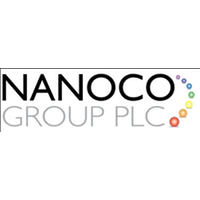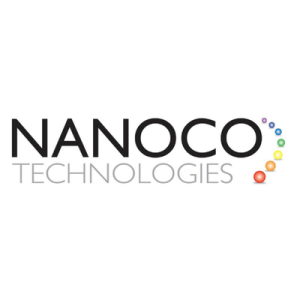Nanoco Group plc (LON:NANO), a world leader in the development and manufacture of cadmium-free quantum dots and other specific nanomaterials emanating from its technology platform, has announced that the Court has notified Nanoco that the case between Nanoco and Samsung has been placed first in the trial schedule that commences on Friday 6 January 2023.
As is the usual practice, the court has scheduled a number of trials for the same date given that, historically, the majority of cases settle before trial. However, the fact that the Nanoco trial has been set first in the schedule, means that it is not dependent on other cases settling in order to proceed.
Brian Tenner, Chief Executive Officer of Nanoco Group plc, said:
“There are now no administrative or legal hurdles to the trial going ahead. Assuming no settlement or other unforeseen event, we now expect to go to trial on 6 January 2023.
“We have maintained our team of witnesses and advisers in a high state of readiness for the last few months and this will continue until the trial is complete. We still expect that the trial will last five working days and therefore expect the jury to return a verdict around 12 January 2023.”


